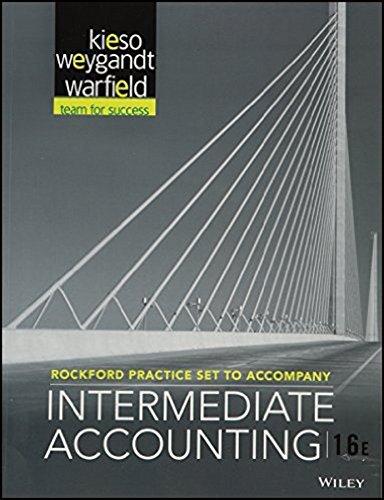Question
Quickwhere's the nearest Starbucks coffee shop? Down the block, at the airport, in your office building? Seems like they'reeverywhere, doesn't it? With more than 8,000
Quickwhere's the nearest Starbucks coffee shop? Down the block, at the airport, in your office building? Seems like they'reeverywhere, doesn't it? With more than 8,000 locations world. ide and long-run plans to grow to 25,000, new stores open at a rate ofabout 3.5 stores per day. This explosive growth means Starbucks, which doesn't franchise, must carefully train its personnel in eachlocation on the fine points of serving a product that demanding customers expect to be consistent all day, every day. Their secret? Notjust fine coffee; it's close attention to fundamental cost accounting principles.The store manager in your local Starbucks probably doesn't look like an accountant. Yet behind the coffee bar, she receives andreviews a number of key reports that focus her attention on the standards set by corporate headquarters in Seattle. Even when a newStarbucks store opens down the street and cannibalizes 30% of the existing stores' sales, the manager knows that, in the broaderpicture, it means lower delivery costs, shorter customer lines, and increased foot traffic for all stores in the area.The typical Starbucks menu offers bulk coffees in the bold, smooth, and mild categories; classic drinks such as frappuccinos, andcoffees and espresso drinks with prices ranging from $1.40 for a tall freshly brewed coffee to S4.45 for a high-end iced venti whitechocolate mocha. Depending on store location, a single barista (the person making the drinks ( may serve about 20 drinks per hour,generating somewhere in the neighborhood of $60 to $80 an hour in revenue. The costs behind those revenues are primarily baristalabor, starting at S7.75 an hour (increasing to more than S8.00 after a year); and materials, or ingredients such as coffee, milk, and
flavorings. Overhead for store leases, utilities, insurance, water, and other costs are reported to the store manager, but they're onlyheld accountable for variations in the labor costs and ingredient costs.Chances are good you are one of the millions of people who queue up 18 times a month for your pricey coffee fix. Maybe you evenlinger to read the paper, hold a meeting, or use the in-store wireless network. Starbucks wants you to come back repeatedly, not onlyfor its product offerings, but because they deliver solid customer service and consistency as a result of strict adherence to their statedstandards, morning to night, around the globe.
QUESTIONS1. Assume each Starbucks store tracks direct labor and direct material costs for each of its drinks, with the standard costs for a singlegrande cappuccino as follows:
Labor $0.40
Coffee 0.70
Dairy products 0.35
Cup and lid 0.07
Stirrers,
napkins 0.03
1. Suppose actual output for one week is 1,000 grande cappuccino drinks. The actual total cost of coffee used to make thesedrinks was S730. The manager of the store has no control over the price paid for the coffee provided by Starbucks this is a predetermined price. What is the total direct materials variance for coffee for this drink? Is this a price or an efficiency variance? Is it favorable or unfavorable? Why?
Step by Step Solution
There are 3 Steps involved in it
Step: 1

Get Instant Access to Expert-Tailored Solutions
See step-by-step solutions with expert insights and AI powered tools for academic success
Step: 2

Step: 3

Ace Your Homework with AI
Get the answers you need in no time with our AI-driven, step-by-step assistance
Get Started


